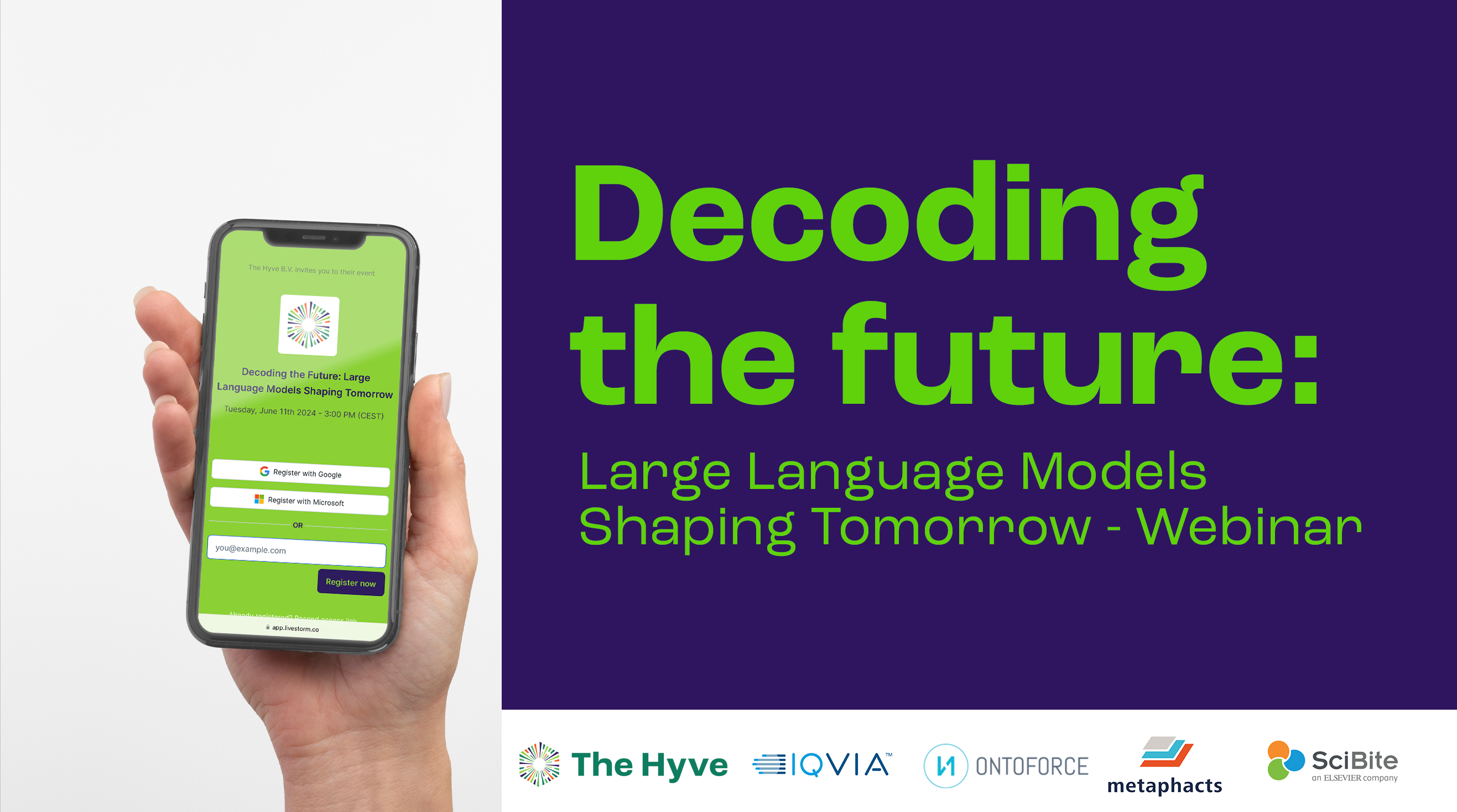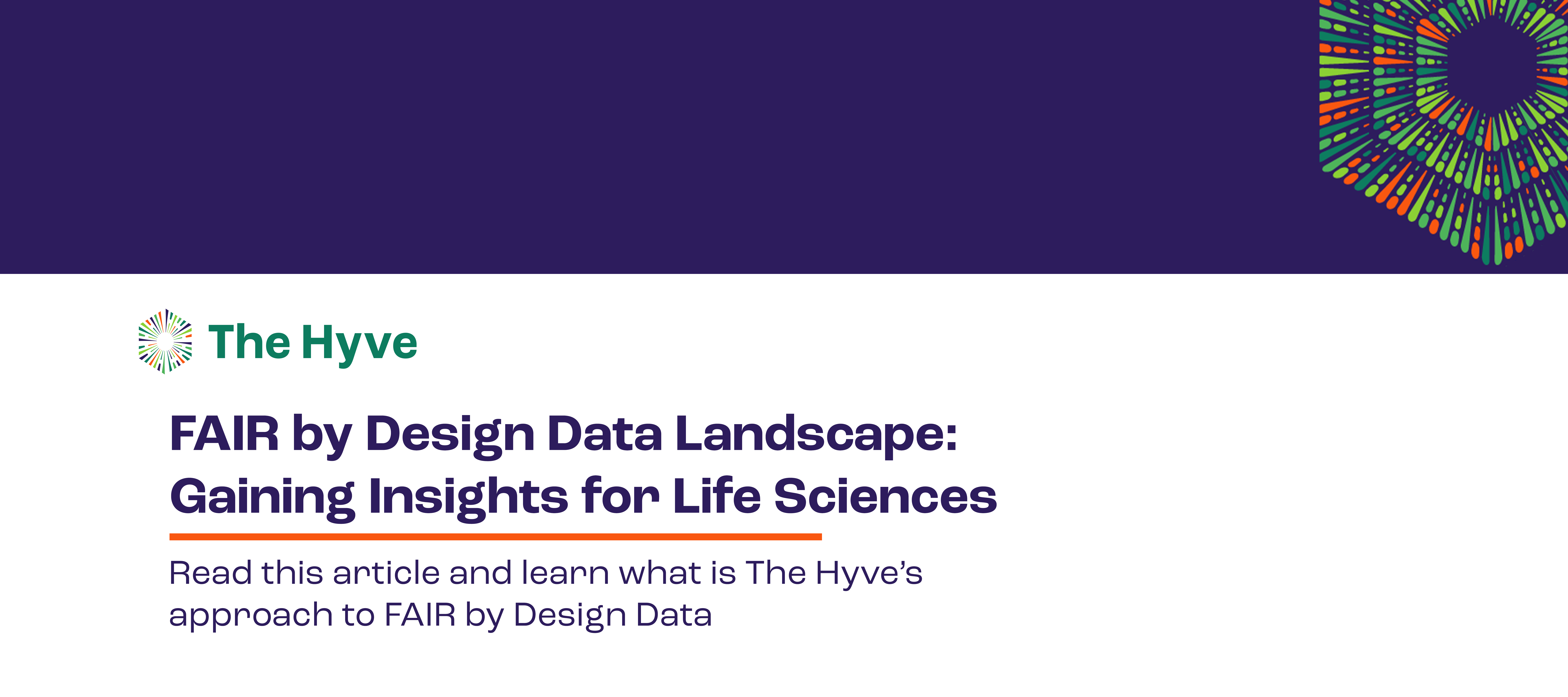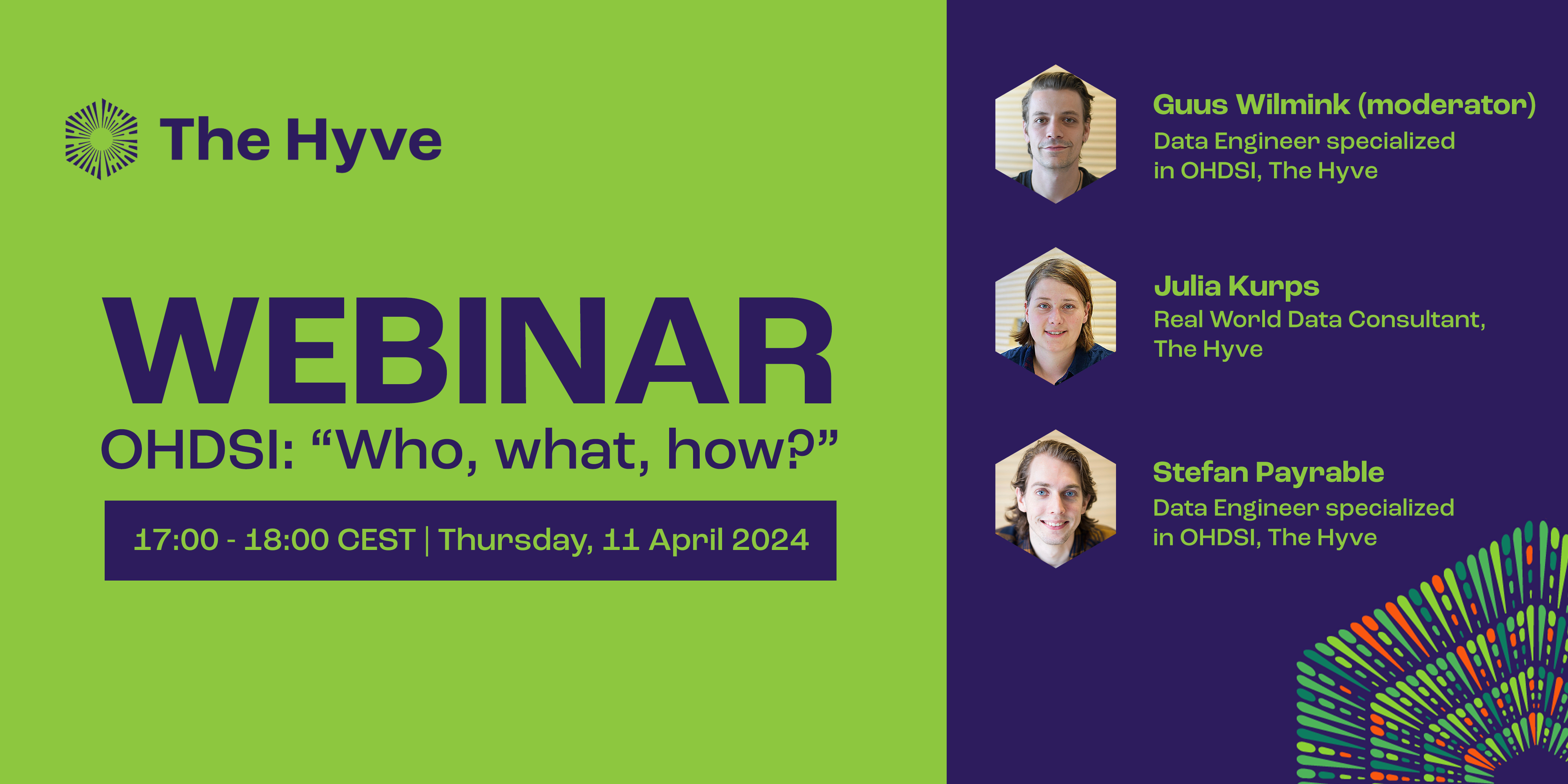Data Engineer Maxim Moinat (29) has been the company’s expert on OHDSI ever since he joined The Hyve in March 2016. He truly enjoys the process of transforming ‘messy’ data into clean, machine-readable data, thus enabling scientists to perform large-scale analyses on observational health data. In the past years, Maxim has headed multiple conversion projects. His hobbies revolve around sports and athletics - a hobby that also provided him with his first IT work experience.
Data Engineer Maxim Moinat
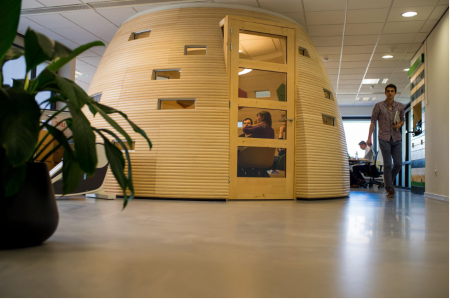
Can you tell me a bit about your background?
For my bachelor, I studied Medical Natural Sciences at the Free University (VU) in Amsterdam. It combines natural sciences, life sciences, and medicine, with a strong focus on medical imaging, mathematics, informatics, physics, chemistry and biochemistry. Writing scripts for the analysis of MRI images proved to be good programming exercise. I followed up this study with a Masters in Bioinformatics at the VU. Quite a number of fellow students became colleagues at The Hyve: Stefan, Jochem, Fedde and Sander.
How did you get to know The Hyve?
I first learned about The Hyve during my Master internship. My supervisor was involved with Young CB, a computational biologists network in the Netherlands. She invited me to an open day at The Hyve. That’s how I got to know the company and the work they do.
Did you work at other companies before you joined The Hyve?
During my studies, I set up my own company. My work involved building an import module for an athletics website. Results would be collected from various sources, harmonised and added to athlete profiles on this website. The work gained me a lot of experience in programming and working with messy observational data which has proven very beneficial for my work at The Hyve.
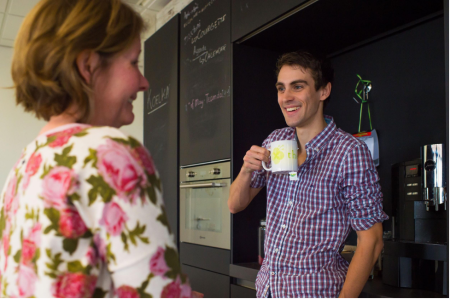
When did you join The Hyve and which team and products are you involved with?
I joined the company in March 2016 and was the first person to work full-time on OHDSI (Observational Health Data Sciences and Informatics) projects. Now, I can proudly say that we have a core group of six OHDSI specialists in the Health Data Infrastructure Team.
What do you do at The Hyve?
In the past years, my work has mainly been OHDSI-related though I was briefly involved with RADAR-base – the health platform for remote patient data collection.
As a data engineer, I may spend one day designing data pipeline specifications for a client or further developing our ETL tooling. Other days, I meet clients to discuss their needs and the solutions our company has to offer or I try to secure a new project. I also frequently present during workshops, which requires quite a bit of time in preparation. As I’m a work package co-lead of the long running IMI EHDEN-project coordinating tasks also demand a fair bit of my time.
What do you like most about working here?
I do like the company culture. In general, people get along well with each other, everyone is approachable and there is a willingness to help each other out.
With regard to my work: I like the challenge of cleaning up ‘messy’ observational data for standardized storage in a database. It is quite similar to the athletics data processing I started out with. If you want to create usable and shareable data, this is an essential step to take.
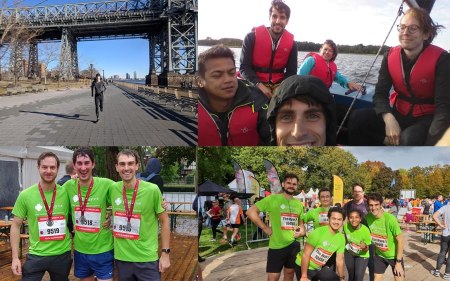
Can you mention an exciting development in your field?
The word that comes to mind is: collaboration. I’m involved with the EHDEN-project, an alliance of academia, pharmaceutical companies and small tech companies like The Hyve. The main obstacle for collaboration in the medical field is privacy. As a medical practitioner you cannot just share patient data with third parties, say academic researchers. Unfortunately, the key has not yet been found how to share patient data anonymously and in a way that you can be sure the information cannot be misused. Despite this hurdle of privacy, there is a vision and a drive among all collaborating partners to combine and harmonize patient data. Because combining data allows you to perform more powerful analyses and draw stronger conclusions than when you are working with a small number of patients. A data-driven approach could also transform patient care. Imagine a GP just pressing a button and knowing which medication would give the best result because this patient matches 10.000 other patients in the database.
What do you like to do when you're 'off-duty'?
I’m into sports, especially cycling and athletics. I used to compete in athletics, specializing in middle distance running. Unfortunately, since I started working, there hasn’t been enough time left to keep doing this at a competitive level.
These days, I do try to cycle a lot. Not only to and from work, but also on my racing bike and some off road trail cycling. Recently, more cycling enthusiasts have joined The Hyve and we are planning to go out on rides together every so often.
